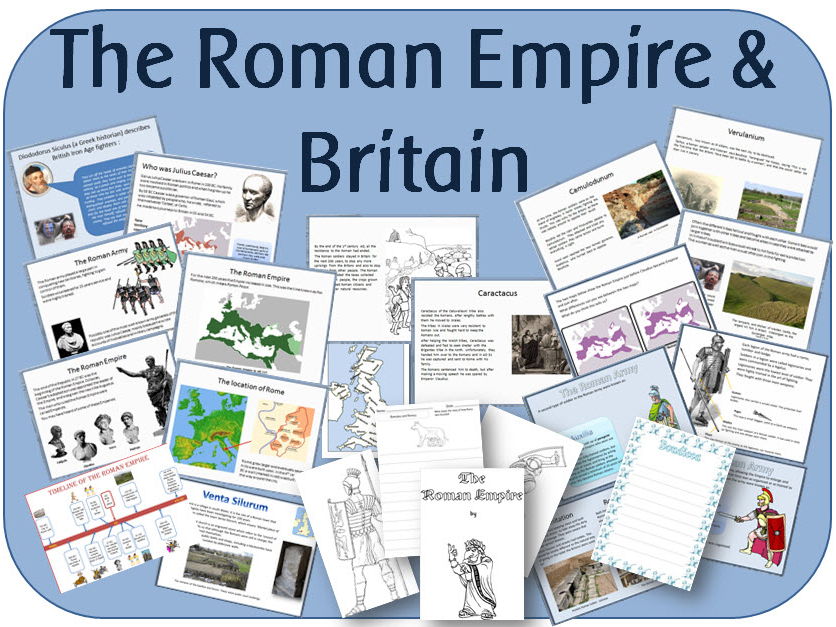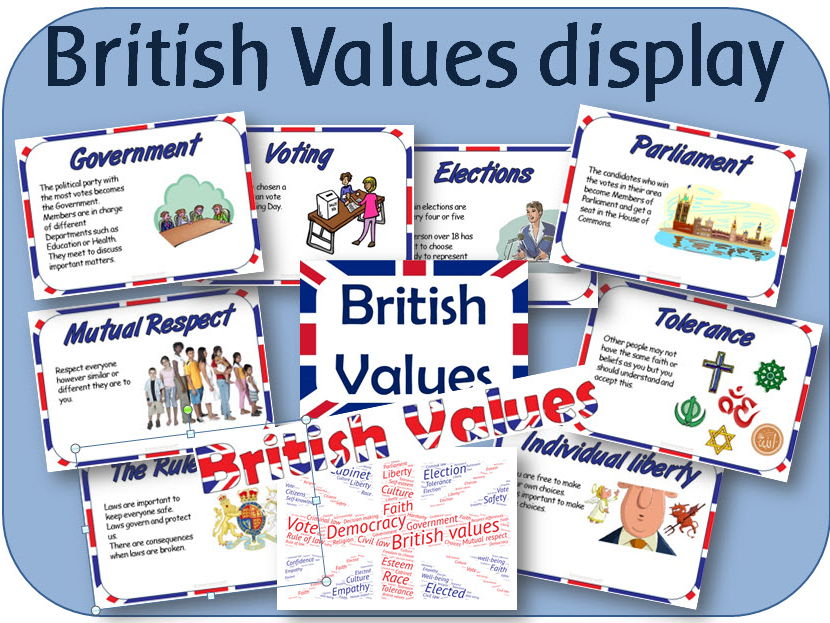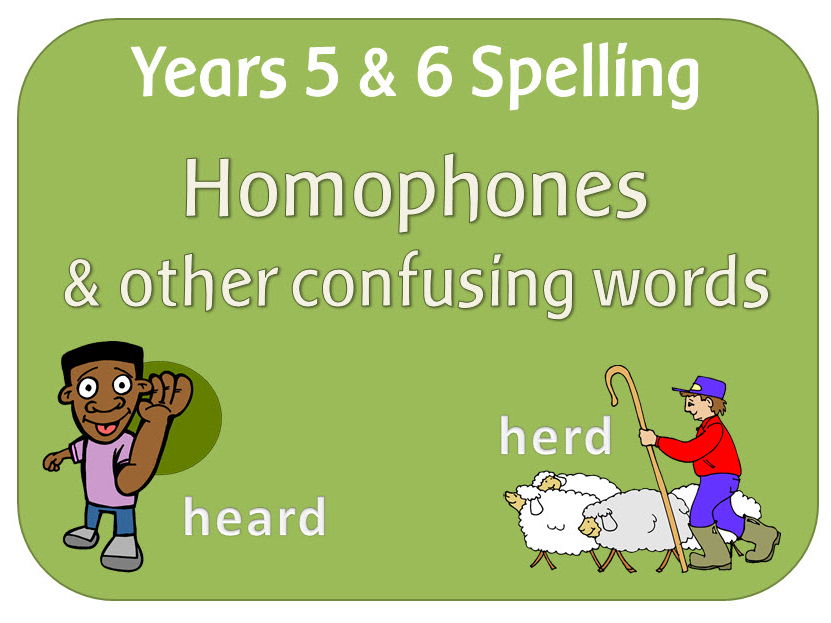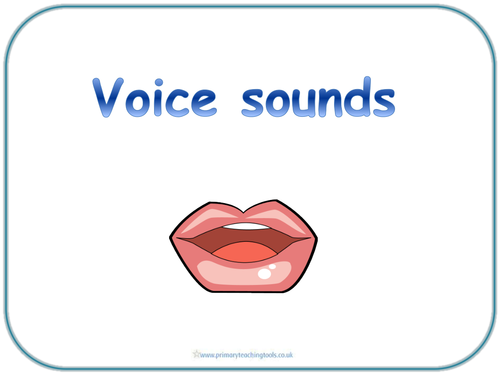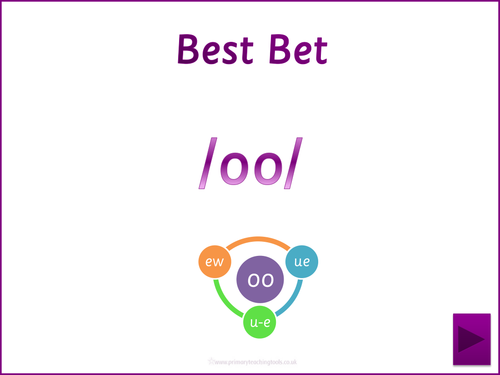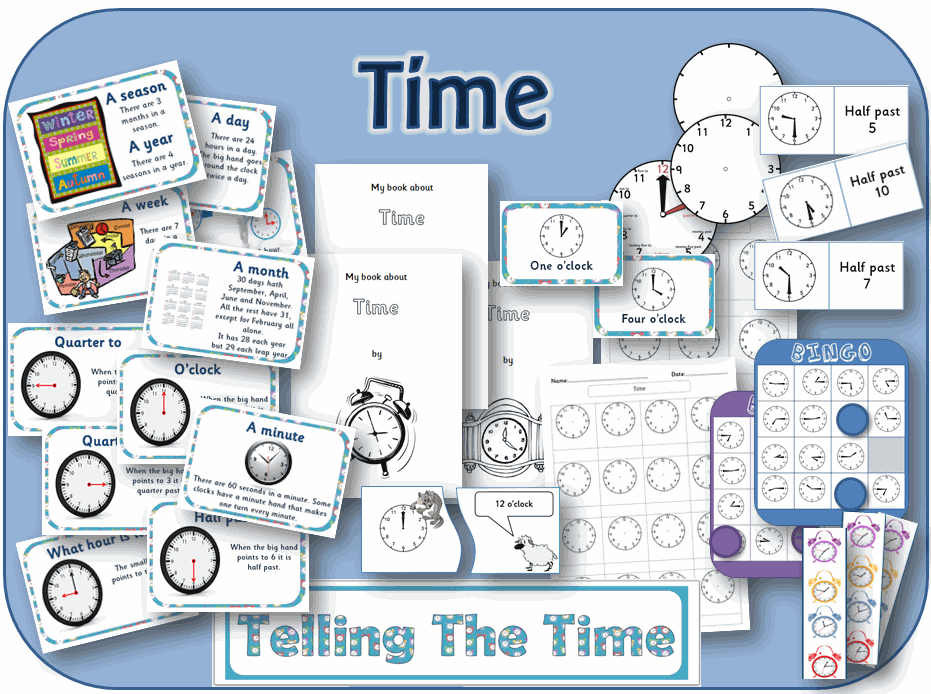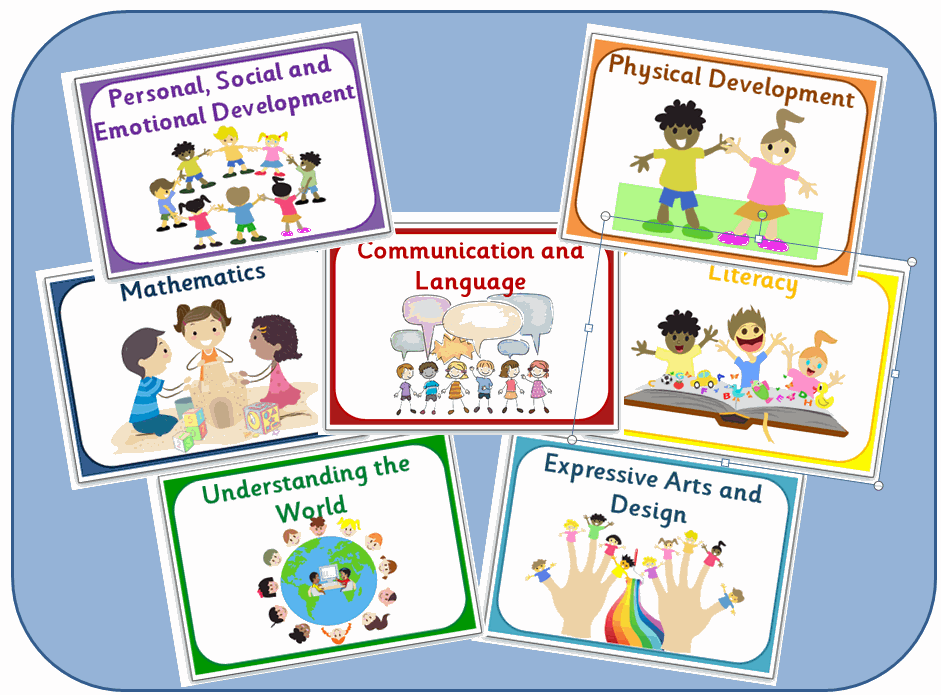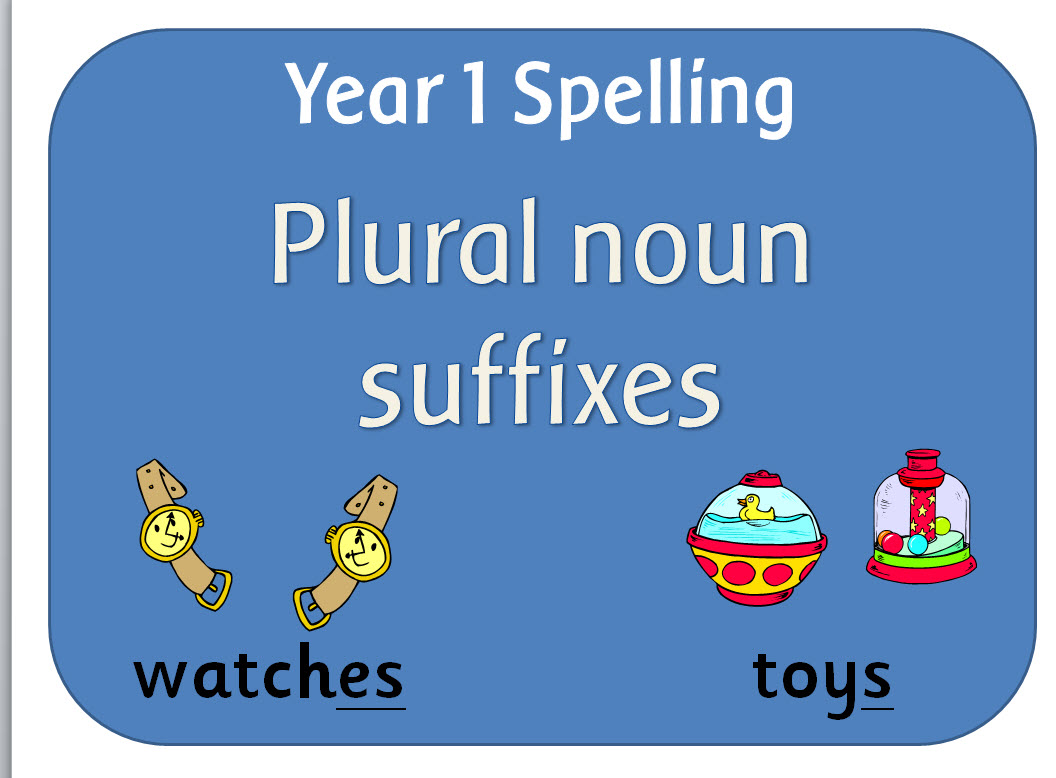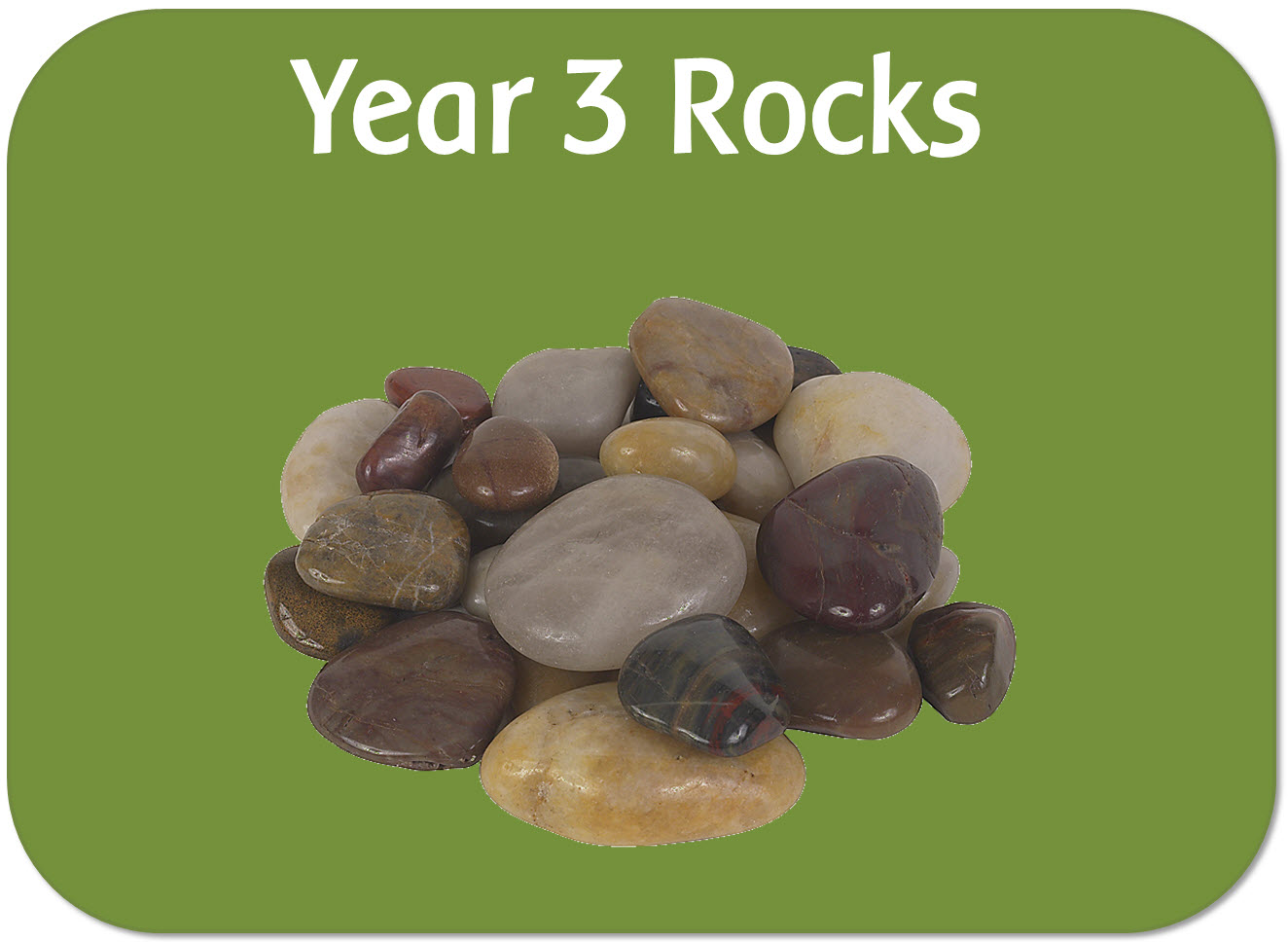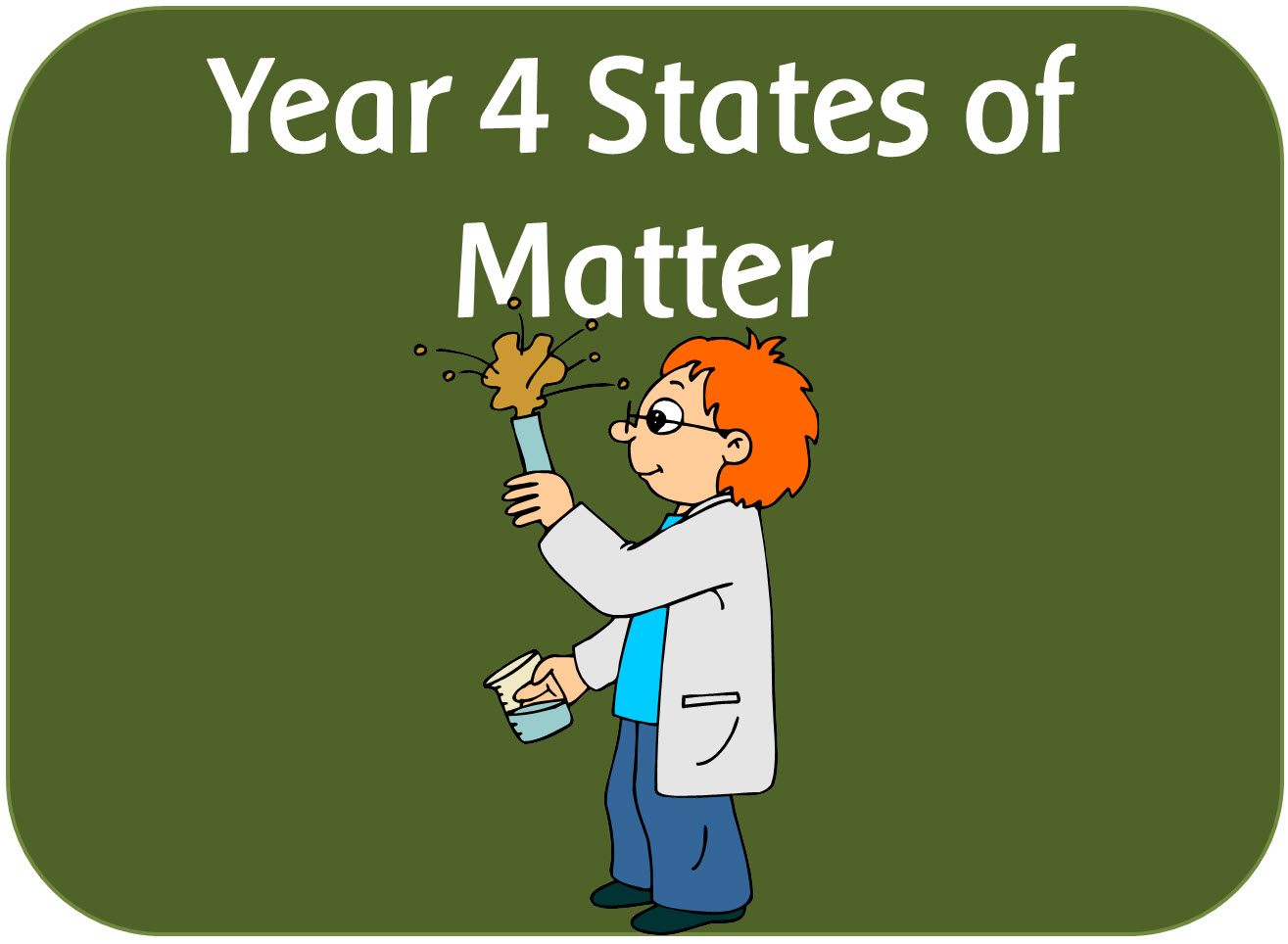
404Uploads
1066k+Views
681k+Downloads

SPaG Year 5 & 6 Spelling: Homophones and other confusing words
Resources to teach the guidelines for spelling homophones and other words that are often confused.
POWERPOINTS
Each Powerpoint gives definitions/explanations of each homophone, then ends with an activity for the children to work out which homophone is appropriate in different sentences.
Homophones - nouns and verbs: advice advise, device devise, licence license and practice practise.
Homophones 1: aisle isle, aloud allowed, affect effect, altar alter, ascent assent, bridal, bridle, cereal serial, complement compliment
Homophones 2: descent dissent, desert dessert, draft draught, farther father, guessed guest, heard herd, led, lead morning, mourning
Homophones 3: past passed, precede proceed, principal principle, profit prophet, stationary stationery, steal steel, wary weary, who's whose
PDF (PRINTABLE) RESOURCES:
Look Write Cover Check x 7: For spelling practice, containing the words in the above PowerPoints
Worksheets x 7: To write definitions of the homophones and think of ways to remember how to spell them.
Definition and word cards x 3: Three sets of homophones and corresponding definitions for matching games etc.

SPaG Year 6 Word Grammar: How words are related by meaning as synonyms and antonyms
POWERPOINTS:
The history of the English language: A history, plus an explanation of why the English language has so many synonyms.
Synonyms: Explains what they are and gives 11 words with related synonyms.
Antonyms: Explains what they are and gives 12 words with corresponding antonyms, plus 7 words with several antonyms.
Antonyms and prefixes beginning with 'i': Formation of antonyms by adding im, in or il to words.
Antonyms and prefixes recap: Activity to make words by adding a range of prefixes covered in previous years, to make antonyms.
PRINTABLE FILES (PDF):
Synonyms worksheet: For finding synonyms
Antonyms worksheet: re-write the sentences to make it mean the opposite
House for sale - antonyms worksheet: Rewrite the advert using antonyms
House for sale - synonyms worksheet: Rewrite the advert using synonyms
Antonym cards (2 sets): Matching sets - easy and more difficult

Phase 1 Aspect 6 Voice sounds: Letters and Sounds Phonics resource pack
A pack of powerpoints and activities to print to help children distinguish between the differences in vocal sounds, including oral blending and segmenting.

Phase 1 Aspect 7 Oral blending and segmenting: Letters and Sounds Phonics resource pack
A set of powerpoints, games, cards and activities to develop oral blending and segmenting of sounds in words.

Letters and Sounds Phase 5 Phonic pack: Alternative spellings of /igh/
There are a variety of different activities for each phoneme.
The descriptions of the powerpoints are as follows:
Word list powerpoint: Begins with a list of words for reading, then shows each word individually for writing.
Best Bet powerpoint: Introduces the different graphemes for each phoneme, then shows a picture and part of a word, with the relevant grapheme hidden. The children have to choose which grapheme is missing. Each word is added to a table that can be analysed at the end of the game.
Homophones with pictures powerpoint: Contains identical sounding words relating to the phoneme, showing the different spellings and pictures to help remember which is which.
Homophones: Contains identical sounding words relating to the phoneme, with no pictures.
Phoneme Spotter Stories - Three versions of each story - PowerPoint, Smartboard, and pdf format.
Rhyming word generation Smartboard file for recording words with different graphemes.

Letters and Sounds Phase 5 Phonic pack: Alternative spellings of long /oo/
There are a variety of different activities for each phoneme.
The descriptions of the powerpoints are as follows:
Word list powerpoint: Begins with a list of words for reading, then shows each word individually for writing.
Best Bet powerpoint: Introduces the different graphemes for each phoneme, then shows a picture and part of a word, with the relevant grapheme hidden. The children have to choose which grapheme is missing. Each word is added to a table that can be analysed at the end of the game.
Homophones with pictures powerpoint: Contains identical sounding words relating to the phoneme, showing the different spellings and pictures to help remember which is which.
Homophones: Contains identical sounding words relating to the phoneme, with no pictures.
Phoneme Spotter Stories - Three versions of each story - PowerPoint, Smartboard, and pdf format.
Rhyming word generation Smartboard file for recording words with different graphemes.

KS1 Maths Measurement: TIME resources set - powerpoints, display, activities, games, worksheets etc
This pack includes powerpoints to teach days of the week, months of the year, months and seasons and how to tell the time.
It also includes headings, posters, vocabulary, borders, games, activities and worksheets

7 Areas of Learning posters for EYFS display
This is a set of 7 posters, file dividers, lettering and headings for the three prime areas and four specific areas of learning and development in the EYFS

KS1 Maths Measurement: LENGTH & HEIGHT powerpoints, activities, vocabulary and display pack
A set of lessons to introduce measuring with standard and non-standard measures such as cubes, hand spans etc, with worksheets and printable centimetre rulers for recording practical activities.
Also includes headings, borders and vocabulary posters.

Suffix spelling rules posters KS1 & KS2
Seven posters explaining the different rules for adding suffixes covered in Appendix 1 of the English 2014 curriculum for years 2, 3 and 4, with a heading 'Suffix Spelling Rules'.

KS2 HOMOPHONES posters / flashcards
A set of A4 posters containing all the homophones identified in the Year 3/4 and 5/6 spelling appendix.
Each page is split into 2 so that 2 homophones are printed on one page. You can cut them in half and use as flashcards or leave them whole and display them. For Y3/4 there are 21 pages, plus 3 pages containing just one word. For Y4/5 there are 24 pages plus 1 page containing just one word, plus a set of 4 noun/verb posters.
3 & Y4 HOMOPHONES:
accept except
affect effect
ball bawl
berry bury
brake break
fair fare
grate great
groan grown
here hear
heel heal he’ll
knot not
mail male
meat meet
medal meddle
missed mist
peace piece
plain plane
rain rein reign
scene seen
weather whether
whose who’s
Y5 & Y6 HOMOPHONES:
aisle isle
aloud allowed
affect effect
altar alter
ascent assent
bridal bridle
cereal serial
compliment complement
descent dissent
desert dessert
draft draught
farther father
guessed guest
heard herd
led lead
morning mouring
past passed
precede proceed
principal principle
prophet profit
stationary stationery
steel steal
wary weary
who’s whose
Y5 & Y6 HOMOPHONES - nouns and verbs: Each set prints onto 1 A4
advice advise
device devise
licence license
practice practise

Phonics flashcards
A set of phonics display/flashcards to use in KS1.
There are 2 A5 cards on a page. Each card contains pictures and a list of words including the relevant common exception words for Year 1.
The first set contains the letters of the alphabet.
The second set contains the consonant digraphs and vowel digraphs and trigraphs in the Y1 Spelling appendix.
The third set contains extra graphemes identified in the Letters and Sounds phonics programme.

SPaG Year 1 Spelling: Adding s and es to words (plural of nouns and third person singular of verbs)
A set of resources to teach the guideline/rule in the Spelling Appendix: If the ending sounds like /s/ or /z/, it is spelt as –s. If the ending sounds like /ɪz/ and forms an extra syllable or ‘beat’ in the word, it is spelt as –es.
4 POWERPOINTS:
Introduction to regular plural noun suffixes: Explains what singular and plural is, and when to add s or es to nouns.
Regular suffix s and es sentences: Gives the spelling rule, if the ending sounds like /s/ or /z/, it is spelt as s. If the ending sounds like /ɪz/ and forms an extra syllable or ‘beat’ in the word, it is spelt as es. It gives examples of different types of words with these endings and ends with sentences for children to think of the missing plural word.
s or es quiz: Interactive quiz where the children have to choose between adding s or es.
ACTIVITIES:
Adding s or es worksheet: A list of words to make plural.
Show me cards - s or es
WORD:
Outline adaptable plan
List of words with plurals and verbs ending -es

The Rainforest - powerpoint lessons and activities
Series of lessons looking at where the rainforests of the world are, what they are like, their climate, flora and fauna, with a case study of the Amazon Rainforest.
INTERACTIVE WHITEBOARD RESOURCES (POWERPOINTS)
Rainforest introduction: A beginning to the topic, asking what children already know. It shows where all the world’s rainforests are located on a map, and describes the four main areas where rainforests grow. It explains the definitions of a tropical rainforest, and how it differs from a temperate rainforest. It ends with questions.
Rainforest climate: Explains the difference between climate and weather, and looks at world climate zones, and what they are called. It describes temperature, rainfall and humidity in tropical rainforests.
Rainforest plants: Looks at, and explains the different layers that grow in a rainforest. It explains plant adaptations, with questions on how different plants have adapted to living in the rainforest.
Natural resources in the rainforest: Looks at the different natural resources that are found in rainforest areas, such as palm oil, wood, the cacao tree, the rubber tree, and medicines. It explains their uses in a global society.
Saving the rainforest: Explores all the different reasons why the rainforest is disappearing - logging, settlement, agriculture, cattle rearing, road building, and extraction of natural resources. Discusses why it is important to save the rainforests, and what could happen if they disappear. It looks at different viewpoints - governments, companies, inhabitants, and the global community. It explains what is being done to save the rainforests, and what we can do to help.
The Amazon Rainforest: Locates the Amazon Rainforest, river, and basin on maps, and shows the different countries that the Amazon rainforest spans. Looks at the history of the rainforest, the people who live there, and the animals. Explains interdependence, and how important plants and animals in the rainforest are to each other. It explains the current threats to the rainforest, and why it is so important to the rest of the world.
PRINTABLE WORKSHEETS (PDF)
Locating the rainforests: A blank world map, for the children to locate the rainforests.
Rainforest layers: Drawing of the layers in the forest for the children to label and describe.

Castles topic wordmats and display resources
A set of display resources and word mat looking at castle life and people living in castles.
CASTLE ATTACK AND DEFENCE - 9 A4 sheets with pictures and titles: trebuchet, catapult, battering ram, coat of arms, bow and arrow, shield, sword, cannon, and chain mail.
CASTLE BUILDINGS - 15 A4 sheets with pictures and titles: Motte and bailey, castle, tower, gatehouse, moat, drawbridge, turrets, portcullis, loophole, flag, castle ruins, wall walk, drum tower, inner ward, and curtain wall.
CASTLES A4 HEADER - an A4 printable sheet with the title 'Castles'.
CASTLES LETTERING - Large lettering that can be printed out as a banner, or the letters can be cut out.
CASTLES WORD MAT - Castle vocabulary for spelling / writing prompts.
MEDIEVAL ACTIVITIES - 8 A4 sheets with pictures and titles: Banqueting, jousting, hunting, praying, dancing, hawking, fairs, music.
MEDIEVAL PEOPLE - 24 A4 sheets with pictures and titles: Lord, lady, priest, scribe, knight, squire, page, guard, archer, crossbowman, swordsman, soldier, messenger, porter, blacksmith, cooper, musician, jester, maid, laundress, cook, peasants, embroiderer, and servant.
MEDIEVAL PEOPLE WORD MAT - 12 different medieval people.

The Great Fire of London pack: Powerpoints, worksheets, wordmat, games display, activities.
POWERPOINTS:
Introduction: Looks at London and its location in the UK
London in the 17th century: What was it like in London long ago: Looks at the houses, materials and London Bridge
What was it like in the 1600s: Pictures and descriptions of rich and poor people; the Civil War; Charles II; and the Black Death
What happened in 1666 and how do we know about it: Samuel Pepys and John Evelyn, and a timeline
The Great Fire of London: Story in diary style about the events that happened during the fire with excerpts from Samuel Pepys diary; what happened after the fire: Rebuilding, Christopher Wren’s plans and a view of London then and now.
Questions: Asks children questions to recap learning, including an event ordering activity.
WORKSHEETS (IN PDF TO PRINT OUT)
Acrostic poem sheets x 3 different versions
Blank writing frame: To write about the different events of the fire
Cards - pictures and labels: Containing key vocabulary / characters etc. Can be used for card games and display.
Diary writing sheet
Newspaper report blank
Newspaper report - The London Gazette heading, with space for children to write a report
Sequencing pictures - 6 pictures to cut and stick in the order of events
Speech bubble questions - Can be used for writing activities or display
Topic covers x5: With and without pictures for the children to colour /design topic book front cover
Word Mat - with key vocabulary and pictures for the topic
Wordsearch x 2
Writing border x 3: Lined, plain and wider lines
Writing sheet x 4 with pictures of Samuel Pepys, John Evelyn, Fire scene and a 17th century house.
DISPLAY (IN PDF TO PRINT OUT)
A4 heading
A-Z lettering
Banner - The Great Fire of London - prints onto 2 pages
Display borders: 2 different versions, flames and Tower Bridge on fire
Photographs of modern London (14)
Pictures of the Fire of London
Portraits of people involved in the Great Fire of London
The London Gazette, reporting about the Fire
The Londoners Lamentation, a pamphlet written just after the fire
Timeline posters: 17 pages, including weather reports for each day.
Vocabulary display with pictures
Vocabulary cards

Year 3 Science - Rocks - powerpoint lessons, worksheets and display pack
A pack of resources to teach the science topic Rocks following the new science curriculum.

Year 4 Science States of Matter & the water cycle powerpoints, worksheets, activities & display pack
A set of IWB lessons, worksheets, activities, planning and display resources following the new science 2014 curriculum.

Year 4 Science - Sound powerpoints, worksheet, planning and display pack
A set of resources to help children understand about sounds and how they are made. It follows the objectives of the 2014 curriculum.
POWERPOINTS:
LISTENING TO EVERYDAY SOUNDS: Twelve everyday sounds to listen to as an introduction to the topic
HOW WE HEAR: Explains how we hear and looks at different parts of the ear and what happens when sound enters it. It asks questions to encourage the children to think about sound and hearing.
WHAT ARE SOUNDS: Explains that sounds are vibrations, discussing how sounds are made and how vibrations travel through air and through solids. Discusses loud sounds, the effects of wind, and how light and sound travel at different speeds, giving examples.
PROPERTIES OF SOUNDS: Explains pitch and volume; how volume changes with distance but pitch does not unless the source of sound is moving. It ends with an activity to describe a selection of sounds.
THE VOLUME OF SOUNDS: Activity to listen to sounds and think about distance and volume.
MAKING SOUNDS: A look at different musical instruments and how they make sounds. Includes drums, piano, and guitar. Suggests different objects the children cound use to create different sounds.
SOUND - MUSICAL INSTRUMENTS: Pictures of different instruments for the children to look at and work out how they make sounds.
WORKSHEETS:
SOUND CONCEPT MAP: For the children to record what they already know and what they would like to find out
LISTENING TO SOUNDS SHEET: To use on listening activities
TOPIC COVER X 2: With 'Sound' title; one with a picture, the other without.
DISPLAY:
A4 Sound title
A-Z lettering, with Sound title, one letter per A4 page
INVESTIGATION SHEETS:
A set of different sheets for investigations and recording
PLUS a medium term plan with activities and web links

Year 4 science - Electricity - powerpoints, display and worksheets pack
A set of resources following the new science curriculum. Looks at simple series electrical circuits, common conductors and insulators.

